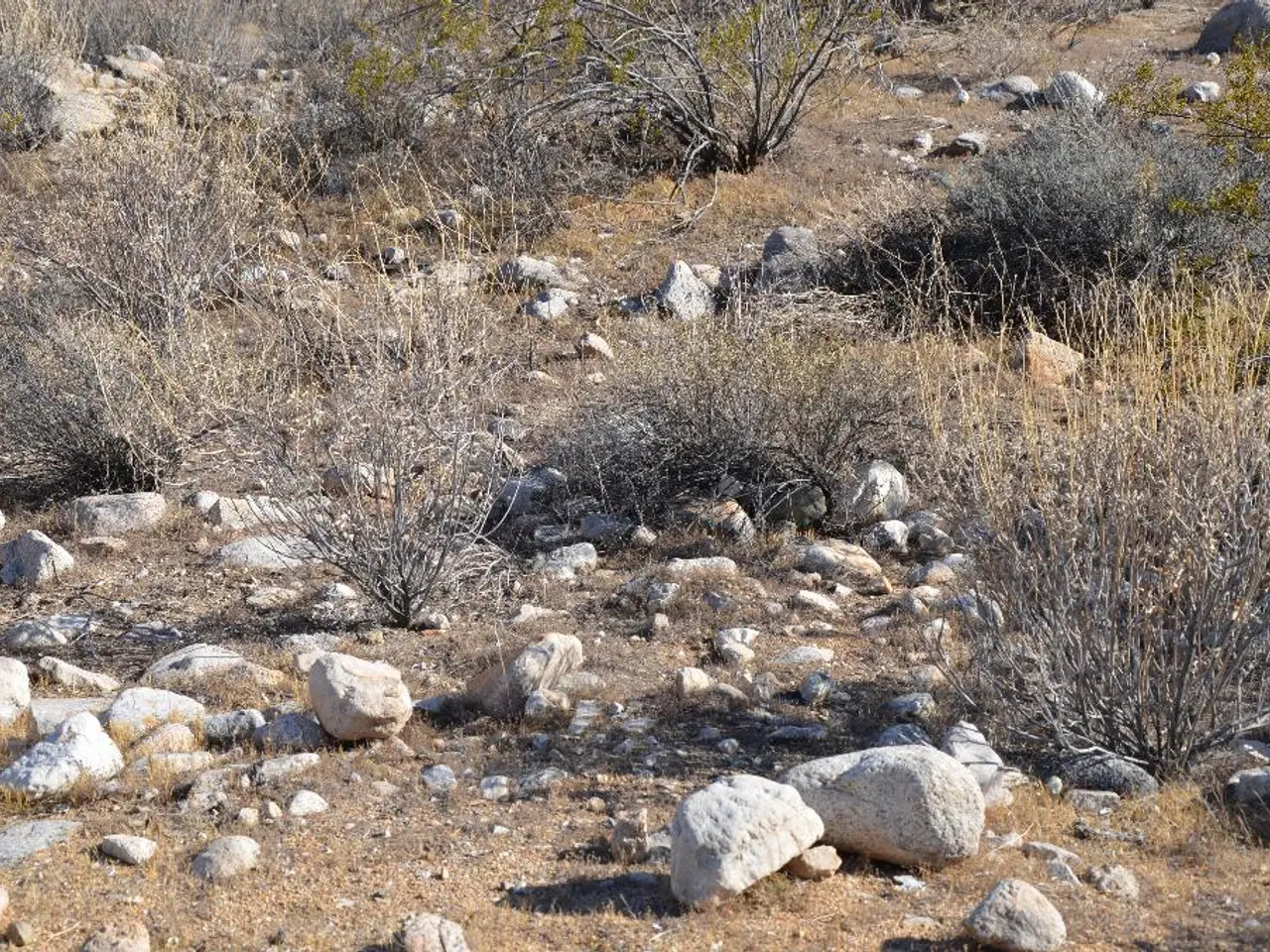Transforming Nickel Mines of the Philippines into Sustainable Operations
In the heart of Southeast Asia, the Philippines, a tropical nation known for its biodiversity and natural resources, is grappling with the environmental impact of its booming nickel mining industry. The country, which is the world's second-largest producer of nickel, a key component in clean energy transition technologies like electric vehicle batteries and wind turbines, is striving to strike a balance between economic growth and environmental conservation.
Across the Philippines, 700,000 hectares of land are covered by mining tenements, according to the Mines and Geosciences Bureau. The open-pit mining methods used in the country remove nutrient-rich topsoil and vegetation, leading to biodiversity loss, soil degradation, pollution, and the destruction of water systems. These mining activities can have far-reaching consequences, affecting not only the immediate environment but also the long-term sustainability of the country's natural resources.
However, the Philippines is not standing idle. The government has identified 21 mined-out areas for rehabilitation under its Greening Mined-out Areas in the Philippines programme, aiming to restore damaged areas by 2033 via bioremediation. This innovative approach uses plants or microbes to help clean contaminated soil, reduce heavy metal contamination, and improve soil quality.
Researchers are exploring the use of soil micro-organisms to help restore mined areas. These microscopic organisms play a crucial role in breaking down contaminants and promoting soil health. However, intense rainfall and frequent typhoons in tropical countries like the Philippines can flood contaminated sites and disrupt the work of microbes.
EOS Data Analytics, an expert in agriculture and forestry, is lending its expertise to this initiative. The organisation is using satellite data to monitor the progress of rehabilitation efforts, providing valuable insights into the effectiveness of bioremediation techniques.
The story aligns with the Sustainable Development Goals (SDGs) 6, 7, 8, 10, 11, 12, 14, 15, 16, and 17, underscoring the global importance of sustainable mining practices and environmental conservation. The Philippines, in its quest for economic growth, is demonstrating a commitment to responsible mining operations and the protection of its natural resources.
The current status of mine supervision in the Philippines involves ongoing government efforts to enhance regulatory frameworks and enforcement to ensure environmental protection and sustainable mining practices. The focus is on closing illegal mines and promoting responsible mining operations.
Despite progress, at least 27 abandoned and inactive mines remain unrehabilitated in the Philippines. The Thomson Reuters Foundation, a charitable organization that covers humanitarian news, climate change, and other related topics, has reported on this issue, shedding light on the need for continued efforts in this area.
The story also covers regions like Global and the Philippines, encompassing the broader implications of sustainable mining practices for the world's clean energy transition. The tags associated with this story include batteries, clean energy, deforestation, electric vehicles, mining, natural resources, rare earths, renewable energy, supply chain, trade, waste, wastewater, water security, conservation, typhoon, extreme weather, reforestation, nickel, and more.
As the world moves towards a cleaner, more sustainable future, the story of the Philippines' Greening Mined-out Areas initiative serves as a beacon of hope. By embracing innovative solutions like bioremediation and strengthening regulatory frameworks, the Philippines is demonstrating that economic growth and environmental conservation can coexist. This initiative is not just about restoring the land; it's about securing a sustainable future for the Philippines and the world.
Read also:
- Peptide YY (PYY): Exploring its Role in Appetite Suppression, Intestinal Health, and Cognitive Links
- Toddler Health: Rotavirus Signs, Origins, and Potential Complications
- Digestive issues and heart discomfort: Root causes and associated health conditions
- House Infernos: Deadly Hazards Surpassing the Flames








